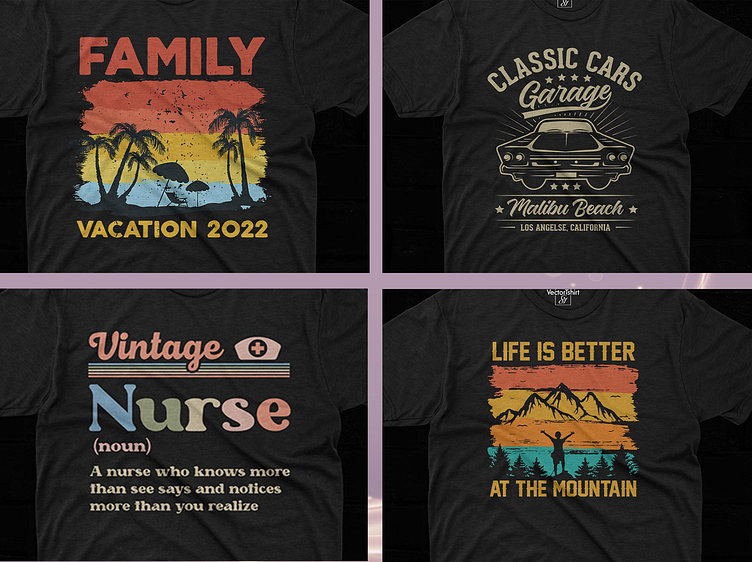Typography T-Shirt Design
Contact us:.....................................................................
Email: dmsshahin@gmail.com
WhatsApp: +8801724674681
Skype: https://join.skype.com/invite/tuJiJq14u5Hv
Telegram: https://t.me/SmSayful
WeChat : +96558859728
Designing a t-shirt involves a creative process that combines artistic vision, graphic design skills, and an understanding of the printing process. Here's a general outline of the method typically used for creating a t-shirt design:
Conceptualization and Idea Generation: Begin by brainstorming and generating ideas for your t-shirt design. Consider the theme, message, or style you want to convey. Think about the target audience and what appeals to them. Research current trends and gather inspiration from various sources like magazines, art galleries, social media, and more.
Sketching and Drafting: Once you have a clear idea, start sketching out rough drafts of your design on paper or digitally using software like Adobe Illustrator, Photoshop, Procreate, or any other graphic design tool you're comfortable with. Focus on capturing the main elements of your design.
Digital Design: Transfer your sketch to a digital platform for refining and enhancement. Use vector-based software like Adobe Illustrator for designs that require scalability or pixel-based software like Adobe Photoshop for more detailed and raster-based designs. This is where you'll create cleaner lines, and add colors, textures, and typography.
Typography and Text: If your design includes text, select appropriate fonts that align with your design's theme and message. Make sure the text is legible and well-placed. Pay attention to font size, kerning (spacing between characters), and alignment.
Color Selection: Choose a color palette that complements your design. Consider the mood and message you want to convey. Keep in mind that the colors you choose might affect the overall cost of printing, especially if you're using multiple colors.
Mockup and Visualization: Create a mockup of your t-shirt design on a template that represents the actual t-shirt's shape and size. This will help you visualize how the design will look when printed on a garment. Mockups can be created using specialized software or even by superimposing your design onto a photo of a blank t-shirt.
Feedback and Iteration: Share your design with friends, colleagues, or potential customers to gather feedback. Be open to constructive criticism and make necessary adjustments to improve the design's appeal and clarity.
Preparation for Printing: Once the design is finalized, prepare the file for printing. Ensure that your design is in the appropriate format (usually vector files like AI, EPS, or PDF) and that all elements are properly layered and organized.
Choosing a Printing Method: Select a printing method that suits your design and budget. Common methods include screen printing, direct-to-garment (DTG) printing, heat transfer, and sublimation. Each method has its requirements and limitations, so make sure your design is compatible with your chosen method.
Print Testing: Before printing a large batch, consider doing a test print to ensure that colors, alignment, and other design elements appear as expected on the actual fabric.
Final Production: Once you're satisfied with the test print, proceed with producing the t-shirts. Work with a professional printing company or use appropriate equipment if you're doing it yourself.
Quality Control: Inspect the printed t-shirts for any defects or issues. Ensure that the colors and details match your design specifications.
Remember that the success of your t-shirt design depends on your creativity, attention to detail, and understanding of the printing process. It's a collaborative effort that involves your artistic skills, design tools, and the expertise of printing professionals.
